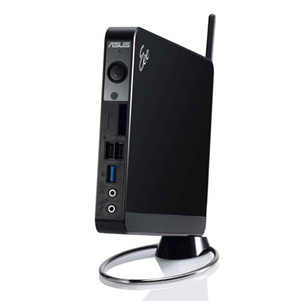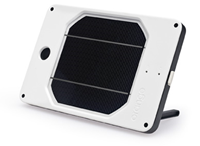To create your FAIMS project, you require the following hardware and software components:

Choose one that has a decent screen size for field use (e.g. 7"), GPS and a camera. Google Nexus 7 Vsn II is optimum at the moment (Oct 2013. around $300).
A small portable server (e.g. battery operated all-in-one wireless server, possibly with solar recharger) or a laptop with a Wireless Access Point. The server needs to run Ubuntu Linux. You can also use an Internet server if the field house/lab is Internet connected, which today is often the case except in remote locations.


http://wiki.fedarch.org:8090/display/FAIMS/App+install+Guide
The free FAIMS app for Android has strong mapping capabilities and internal/external sensor capture (GPS, camera, video, total station etc.), feeding an SQLite database.
http://wiki.fedarch.org:8090/display/FAIMS/Server+Install+Guide
The free FAIMS server application for Ubuntu provides wireless synchronisation of multiple Android tablets running the FAIMS app.
https://code.google.com/p/heurist/
The Heurist database system, also free, allows you to design a database with several linked entity types, pulldown and checkbox fields, controlled lists, text, numbers, images, video, map data etc. and use this to write a FAIMS Module definition which can be loaded onto the FAIMS server and tablets.
Heurist also reads in a FAIMS database, allows various visualisations and recoding, and publishes the data to the tDAR archaeological repository (additional repositories, notably Open Context, are planned for 2014).
Heurist requires a Chrome, Firefox or Safari browser to run. It will not currently run properly on Internet Explorer, or on touch screens such as the iPad.
Only a small subset of Heurist's capabilities are needed to set up a FAIMS Project / Module.
Created with the Personal Edition of HelpNDoc: Easily create Help documents